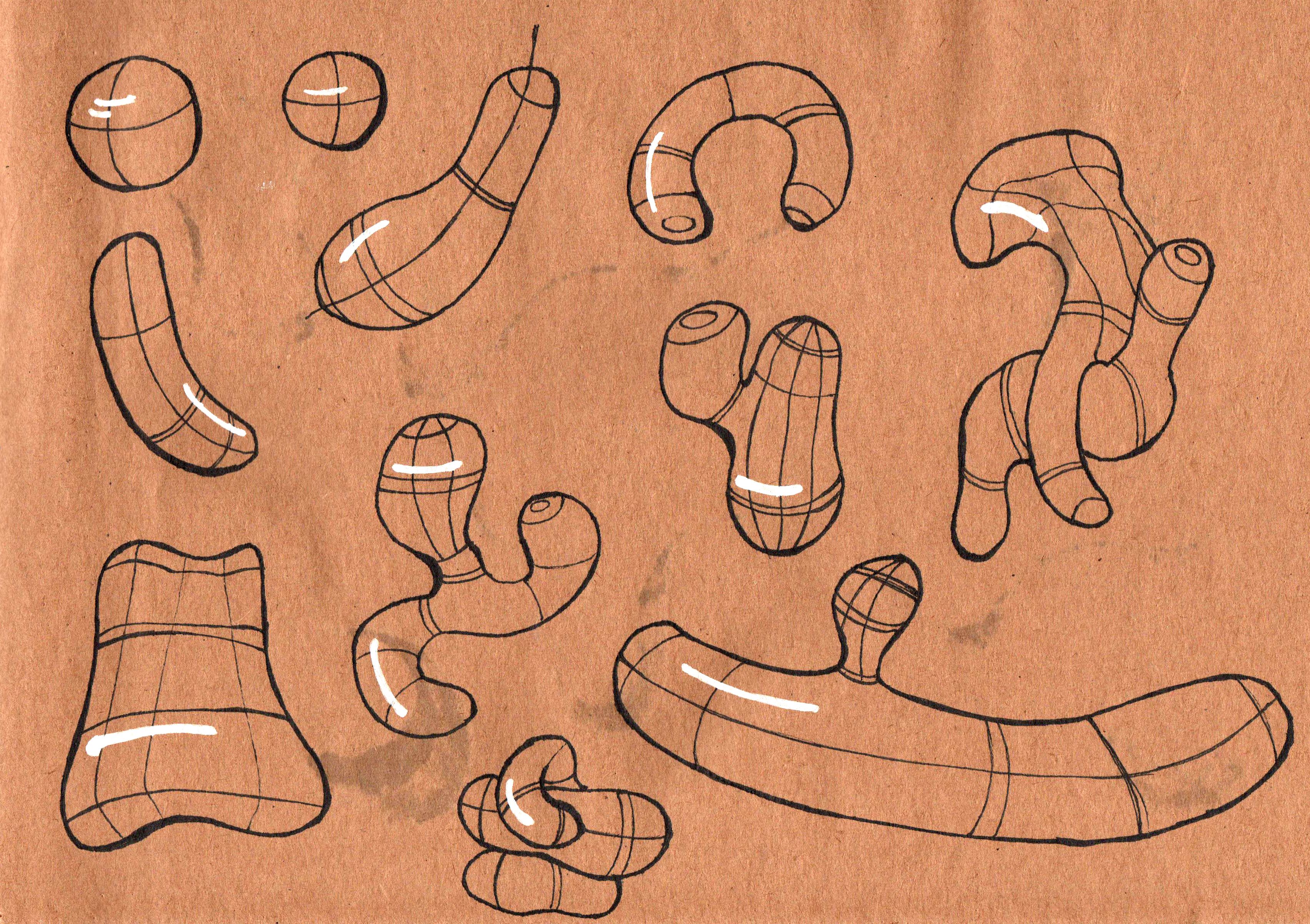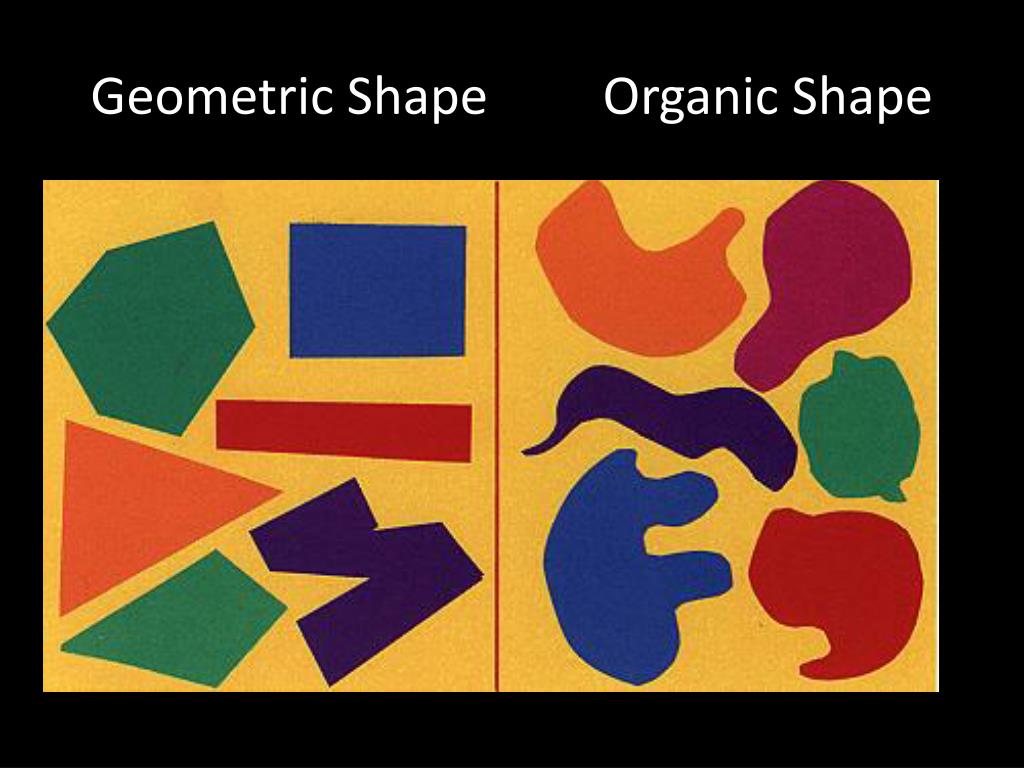

They retain the orderly structure of geometric shapes while incorporating subtle irregularities found in nature. Geometric-organic shapes combine elements of both geometric and organic forms. They connect the human experience with nature’s harmonious designs. These shapes often depict free-flowing, irregular contours, resembling plants, animals or microorganisms. Biomorphic Shapesīiomorphic shapes are another significant example of organic shapes in art. Artists use these shapes to evoke a sense of grace and fluidity in their artwork. These organic shapes represent the natural beauty of objects like flowers, wave and human figures. They are commonly found in paintings, sculptures and digital art. various examples of this useful shapes are discussed here: Curvilinear ShapesĬurvilinear shapes are characterized by smooth, flowing lines and curves. In the realm of art, organic shapes bring a sense of natural beauty and freedom to creative expressions. Connection to Life: As they mirror elements found in nature and living beings, organic shapes can evoke a sense of life and vitality in artworks.Versatility: Organic shapes can be used in various art styles and mediums, from paintings and drawings to sculptures and digital art.

Artistic Freedom: Artists have more creative freedom when using organic shapes, allowing for unique and imaginative interpretations.Lack of Symmetry: Unlike geometric shapes, organic shapes give artworks a more natural and spontaneous feel.Expressive and Emotive: These artistic shapes can be used to convey emotions and abstract concepts, enabling artists to express their feelings and ideas.Soft and Harmonious: These shapes evoke a sense of softness and harmony, creating a more calming and soothing visual experience.Fluid and Dynamic: Organic shapes do not adhere to rigid measurements, allowing for a sense of movement and dynamism in artworks.Nature-Inspired: They often resemble shapes found in nature, such as leaves, flowers, clouds or even the human body.Irregular and Flowing: Organic shapes have a natural and free-flowing appearance, lacking the strict lines and angles of geometric shapes.Some key characteristics of organic shapes include:

Organic shapes exhibit several distinct characteristics that set them apart from geometric shapes. They also explore the beauty of the natural world through the artist’s creative lens. Their irregular and unpredictable nature adds visual interest and energy to compositions. Versatility in Organic Shapes offers artists and creators a unique way to convey emotions, movement and natural beauty. These artistic shapes play a vital role in the world of art and design. These fluid and expressive forms add a sense of natural beauty and spontaneity to artistic compositions.

Organic shapes contrast with geometric shapes, which have well-defined and regular attributes. These shapes are characterized by their soft, curving lines and lack of precise angles. They often resemble forms found in nature. Organic shapes in art refer to free-flowing, irregular and naturally occurring shapes that do not follow strict geometric patterns.


 0 kommentar(er)
0 kommentar(er)
